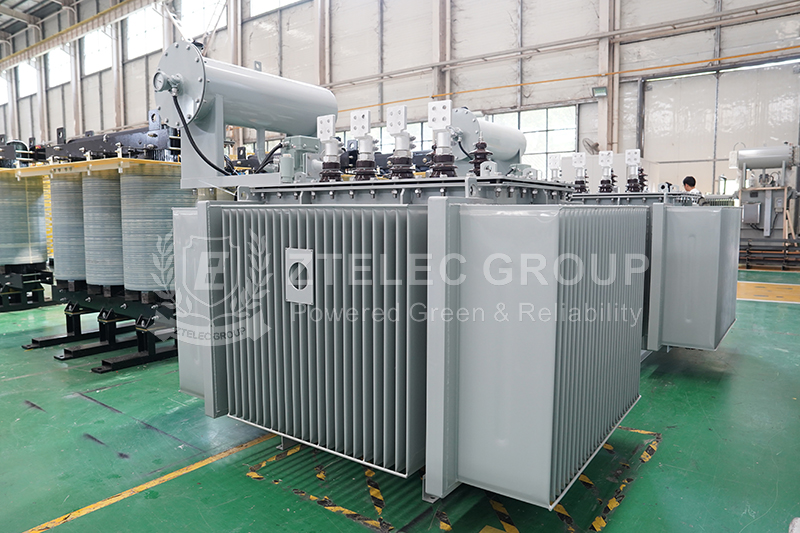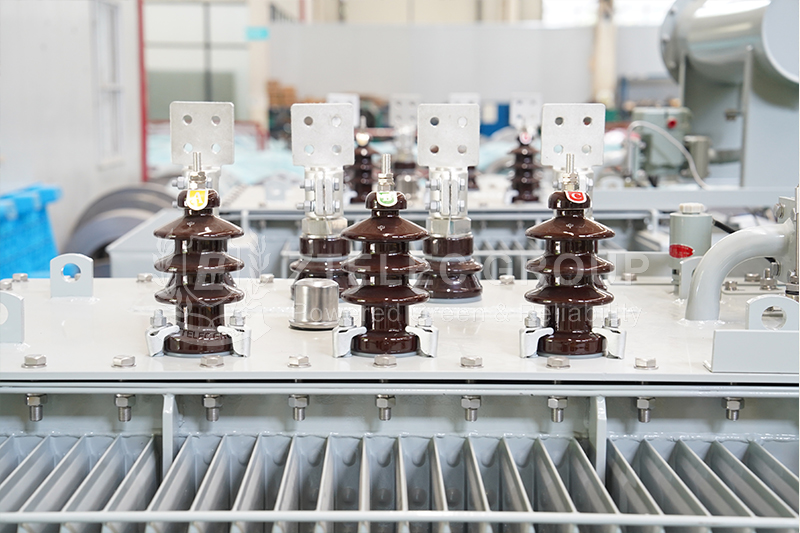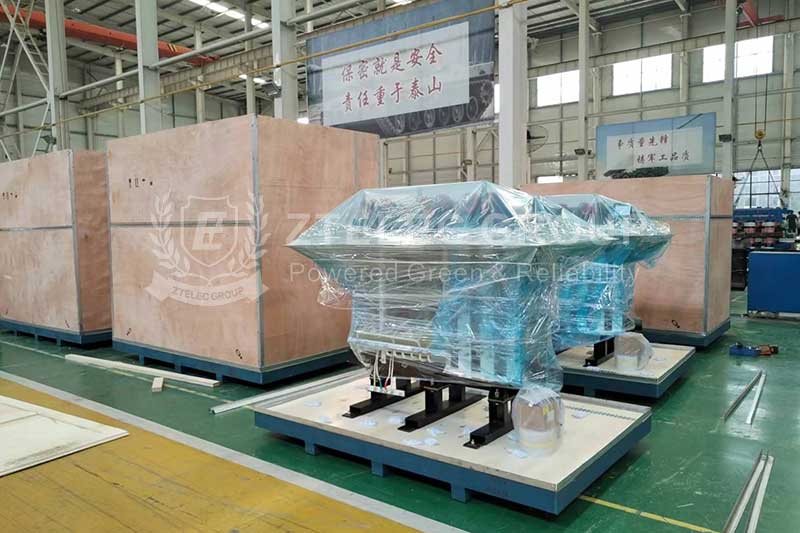Why Power Transformers Are Mostly Oil-Immersed: Key Advantages, Disadvantages & Application Areas
Power transformers are critical equipment in modern power systems, and oil-immersed transformers remain the most widely used type due to their distinct advantages. This article provides a detailed analysis of why oil-immersed transformers dominate the industry, focusing on their core benefits, limitations, and common application scenarios.

Core Advantages of Oil-Immersed Transformers
Excellent Insulation Performance: Transformer oil, including mineral oil and synthetic ester, offers dielectric strength far superior to air. This high dielectric capability effectively isolates high-voltage windings from the iron core and casing, reducing breakdown risks and ensuring stable power transmission. Additionally, oil penetrates microscopic pores in insulating paper, improving the solid insulation's effectiveness and extending transformer lifespan.
Efficient Heat Dissipation: Oil-immersed transformers benefit from a highly efficient cooling system. The heat generated by windings and the iron core is rapidly transferred through oil circulation to the tank walls and then dissipated via heat sinks, fans, or pumps. The oil’s high specific heat capacity prevents local overheating, ensuring reliable long-term operation.
Protection and Self-Healing Properties: Besides insulation and cooling, transformer oil isolates oxygen and moisture to prevent metal oxidation and equipment degradation. During faults, oil decomposition produces gases that trigger protective relays, such as light gas alarms for early warnings and heavy gas trips for immediate shutdowns. Minor partial discharges can also be mitigated by the oil’s self-healing effect.
Cost-Effectiveness and Mature Technology: The design and manufacturing process of oil-immersed transformers are highly standardized and industrialized, resulting in lower costs compared to dry-type transformers of similar capacity. Maintenance processes like oil quality testing, filtration, and replenishment are well established and straightforward, reducing operational complexity and expenses.
Main Disadvantages of Oil-Immersed Transformers
Fire and Environmental Hazards: Mineral oil is flammable, with a flash point near 140°C. Transformer faults can lead to oil leaks and fires, requiring firewalls or pressure relief devices to mitigate risks. Oil leaks also pose significant environmental pollution risks. While synthetic ester oil is biodegradable, its high cost limits widespread use.
Maintenance Complexity: Oil-immersed transformers require regular monitoring of oil level and quality, including dielectric loss, moisture, and gas content. Aging oil must be filtered or replaced. Poor sealing can lead to moisture absorption, reducing insulation effectiveness and impacting performance.
Installation Constraints: The presence of large oil volumes necessitates adequate fire protection distances, limiting installation in underground substations or high-rise buildings. Additionally, the transformer must be properly aligned to ensure oil circulation; improper installation can impair cooling and reduce equipment life.

Typical Application Scenarios of Oil-Immersed Transformers
Power Grid Transmission and Distribution: Oil-immersed transformers are essential in power plants and substations, stepping up generator voltage for long-distance transmission and managing voltage conversions within substations to maintain grid stability.
Industrial Use: In heavy industries like steel and chemical manufacturing, oil-immersed transformers provide reliable, continuous power under high load conditions, supporting critical production processes.
Outdoor and Harsh Environments: Oil-immersed transformers excel in open-air rural power grids and renewable energy booster stations, where humidity, dust, and other environmental factors can challenge equipment performance. The oil offers protection that ensures stable and safe power delivery.
How to Choose Between Oil-Immersed and Dry-Type Transformers?
Choose Oil-Immersed Transformers When: Cost efficiency is a priority, installation space is sufficient, and long-term continuous high-load operation is required.
Choose Dry-Type Transformers When: Fire safety is critical, such as in indoor environments like subways, hospitals, or data centers, or when maintenance-free operation is desired, such as in remote or island locations.
Oil-immersed transformers continue to play a vital role in power systems, balancing their advantages and limitations. Selecting the appropriate transformer type based on specific operational needs and installation environments ensures safe, stable, and efficient power system performance.
- more+releated article
- 2025-12-13How to Select and Use Phenolic Cloth-base Lami
- 2025-12-13How Much Does Bakelite Sheet Cost? 2025 Price
- 2025-12-13Why are most 3240 epoxy boards yellow?
- 2025-12-13What are the Main Applications of FR4 Epoxy Bo
- 2025-12-13Why Does the Price of Insulating Paperboard Va
- 2025-12-13Heat-Resistant DDP Insulation Paper
- 2025-12-13Comparison of Heat-Resistant DDP Insulating Pa
- 2025-12-13G10 and FR4 Epoxy Boards: Commonly Used for Ge
- 2025-12-13The Price of Heat-Resistant DDP Insulation Pap
- 2025-12-13How to Choose Epoxy Laminate Materials for Gen





